Text Originally published Feb 29, 2024
Divine Violence - by Mr. Fish
Aaron Bushnell, when he placed his cell phone on the ground to set up a livestream and lit himself on fire in front of the Israeli Embassy in Washington D.C., resulting in his death, pitted divine violence against radical evil. As an active duty member of the U.S. Air Force, he was part of the vast machinery that sustains the ongoing genocide in Gaza, no less morally culpable than the German soldiers, technocrats, engineers, scientists and bureaucrats who oiled the apparatus of the Nazi Holocaust. This was a role he could no longer accept. He died for our sins.
“I will no longer be complicit in genocide,” he said calmly in his video as he walked to the gate of the embassy. “I am about to engage in an extreme act of protest. But compared to what people have been experiencing in Palestine at the hands of their colonizers, it’s not extreme at all. This is what our ruling class has decided will be normal.”
Young men and women sign up for the military for many reasons, but starving, bombing and killing women and children is usually not amongst them. Shouldn’t, in a just world, the U.S. fleet break the Israeli blockade of Gaza to provide food, shelter and medicine? Shouldn’t U.S. warplanes impose a no fly zone over Gaza to halt the saturation bombing? Shouldn’t Israel be issued an ultimatum to withdraw its forces from Gaza? Shouldn’t the weapons shipments, billions in military aid and intelligence provided to Israel, be halted? Shouldn’t those who commit genocide, as well as those who support genocide, be held accountable?
These simple questions are the ones Bushnell’s death forces us to confront.
“Many of us like to ask ourselves,” he posted shortly before his suicide, “‘What would I do if I was alive during slavery? Or the Jim Crow South? Or apartheid? What would I do if my country was committing genocide?’ The answer is, you’re doing it. Right now.”
The coalition forces intervened in northern Iraq in 1991 to protect the Kurds following the first Gulf War. The suffering of the Kurds was extensive, but dwarfed by the genocide in Gaza. A no-fly zone for the Iraqi air force was imposed. The Iraqi military was pushed out of the northern Kurdish areas. Humanitarian aid saved Kurds from starvation, infectious diseases and death from exposure.
But that was another time, another war. Genocide is evil when it is carried out by our enemies. It is defended and sustained when carried out by our allies.
Walter Benjamin — whose friends Fritz Heinle and Rika Seligson committed suicide in 1914 to protest German militarism and the First World War — in his essay “Critique of Violence,” examines acts of violence undertaken by individuals who confront radical evil. Any act that defies radical evil breaks the law in the name of justice. It affirms the sovereignty and dignity of the individual. It condemns the coercive violence of the state. It entails a willingness to die. Benjamin called these extreme acts of resistance “divine violence.”
“Only for the sake of the hopeless ones have we been given hope,” Benjamin writes.
Bushnell’s self-immolation — one most social media posts and news organizations have heavily censored — is the point. It is meant to be seen. Bushnell extinguished his life in the same way thousands of Palestinians, including children, have been extinguished. We could watch him burn to death. This is what it looks like. This is what happens to Palestinians because of us.
The image of Bushnell’s self-immolation, like that of the Buddhist monk Thích Quảng Đức in Vietnam in 1963 or Mohamed Bouazizi, a young fruit seller in Tunisia, in 2010, is a potent political message. It jolts the viewer out of somnolence. It forces the viewer to question assumptions. It begs the viewer to act. It is political theater, or perhaps religious ritual, in its most potent form. Buddhist monk, Thích Nhất Hạnh said of self-immolation: “To express will by burning oneself, therefore, is not to commit an act of destruction but to perform an act of construction, that is, to suffer and to die for the sake of one’s people.”
If Bushnell was willing to die, repeatedly shouting out “Free Palestine!” as he burned, then something must be terribly, terribly wrong.
These individual self-sacrifices often become rallying points for mass opposition. They can ignite, as they did in Tunisia, Libya, Egypt, Yemen, Bahrain and Syria, revolutionary upheavals. Bouazizi, who was incensed that local authorities had confiscated his scales and produce, did not intend to start a revolution. But the petty and humiliating injustices he endured under the corrupt Ben Ali regime resonated with an abused public. If he could die, they could take to the streets.
These acts are sacrificial births. They presage something new. They are the complete rejection, in its most dramatic form, of conventions and reigning systems of power. They are designed to be horrific. They are meant to shock. Burning to death is one of the most dreaded ways to die.
Self-immolation comes from the Latin stem immolāre, to sprinkle with salted flour when offering up a consecrated victim for sacrifice. Self-immolations, like Bushnell’s, link the sacred and the profane through the medium of sacrificial death.
But to go to this extreme requires what the theologian Reinhold Niebuhr calls “a sublime madness in the soul.” He notes that “nothing but such madness will do battle with malignant power and spiritual wickedness in high places.” This madness is dangerous, but it is necessary when confronting radical evil because without it “truth is obscured.” Liberalism, Niebuhr warns, “lacks the spirit of enthusiasm, not to say fanaticism, which is so necessary to move the world out of its beaten tracks. It is too intellectual and too little emotional to be an efficient force in history.”
This extreme protest, this “sublime madness,” has been a potent weapon in the hands of the oppressed throughout history.
The some 160 self-immolations in Tibet since 2009 to protest Chinese occupation are perceived as religious rites, acts that declare the independence of the victims from the control of the state. Self-immolation calls us to a different way of being. These sacrificial victims become martyrs.
Communities of resistance, even if they are secular, are bound together by the sacrifices of martyrs. Only apostates betray their memory. The martyr, through his or her example of self-sacrifice, weakens and severs the bonds and the coercive power of the state. The martyr represents a total rejection of the status quo. This is why all states seek to discredit the martyr or turn the martyr into a nonperson. They know and fear the power of the martyr, even in death.
Daniel Ellsberg in 1965 witnessed a 22-year-old anti-war activist, Norman Morrison, douse himself with kerosene and light himself on fire — the flames shot 10 feet into the air — outside the office of Secretary of Defense Robert McNamara at The Pentagon, to protest the Vietnam War. Ellsberg cited the self-immolation, along with the nationwide anti-war protests, as one of the factors that led him to release the Pentagon Papers.
The radical Catholic priest, Daniel Berrigan, after traveling to North Vietnam with a peace delegation during the war, visited the hospital room of Ronald Brazee. Brazee was a high school student who had drenched himself with kerosene and immolated himself outside the Cathedral of the Immaculate Conception in downtown Syracuse, New York to protest the war.
“He was still living a month later,” Berrigan writes. “I was able to gain access to him. I smelled the odor of burning flesh and I understood anew what I had seen in North Vietnam. The boy was dying in torment, his body like a great piece of meat cast upon a grill. He died shortly thereafter. I felt that my senses had been invaded in a new way. I had understood the power of death in the modern world. I knew I must speak and act against death because this boy’s death was being multiplied a thousandfold in the Land of Burning Children. So I went to Catonsville because I had gone to Hanoi.”
In Catonsville, Maryland Berrigan and eight other activists, known as the Catonsville Nine, broke into a draft board on May 17, 1968. They took 378 draft files and burned them with homemade napalm in the parking lot. Berrigan was sentenced to three years in a federal prison.
I was in Prague in 1989 for the Velvet Revolution. I attended the commemoration of the self-immolation of a 20-year-old university student named Jan Palach. Palach had stood on the steps outside the National Theater in Wenceslas Square in 1969, poured petrol over himself and lit himself on fire. He died of his wounds three days later. He left behind a note saying that this act was the only way to protest the Soviet invasion of Czechoslovakia, which had taken place five months earlier. His funeral procession was broken up by police. When frequent candlelit vigils were held at his grave at Olsany cemetery, the communist authorities, determined to stamp out his memory, disinterred his body, cremated it and handed the ashes to his mother.
During the winter of 1989, posters with Palach’s face covered the walls of Prague. His death, two decades earlier, was lionized as the supreme act of resistance against the Soviets and pro-Soviet regime installed after the overthrow of Alexander Dubček. Thousands of people marched to the Square of Red Army Soldiers and renamed it Jan Palach Square. He won.
One day, if the corporate state and apartheid state of Israel are dismantled, the street where Bushnell lit himself on fire will bear his name. He will, like Palach, be honored for his moral courage. Palestinians, betrayed by most of the world, already look to him as a hero. Because of him, it will be impossible to demonize all of us.
Divine violence terrifies a corrupt and discredited ruling class. It exposes their depravity. It illustrates that not everyone is paralyzed by fear. It is a siren call to battle radical evil. That is what Bushnell intended. His sacrifice speaks to our better selves.

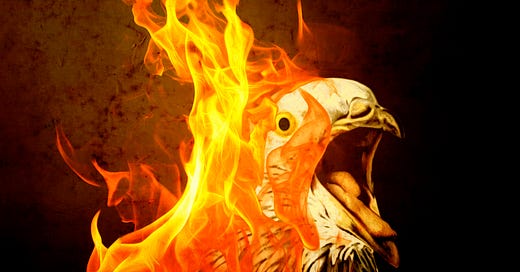




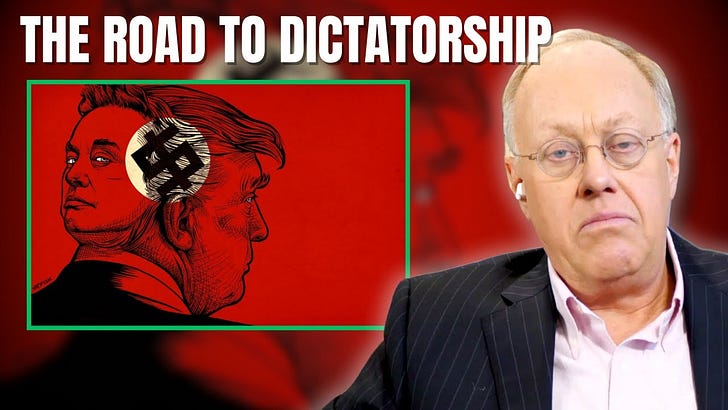
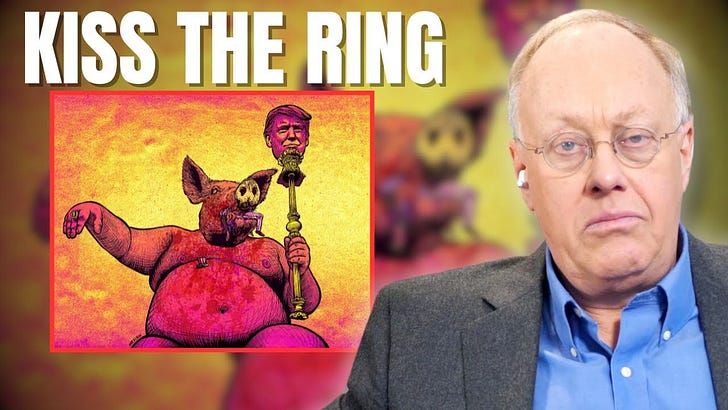
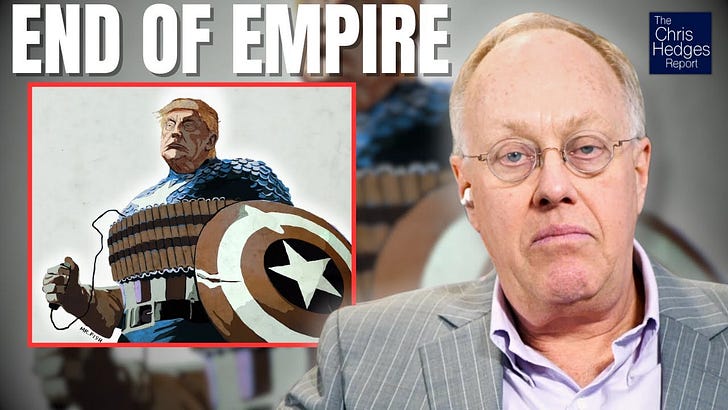
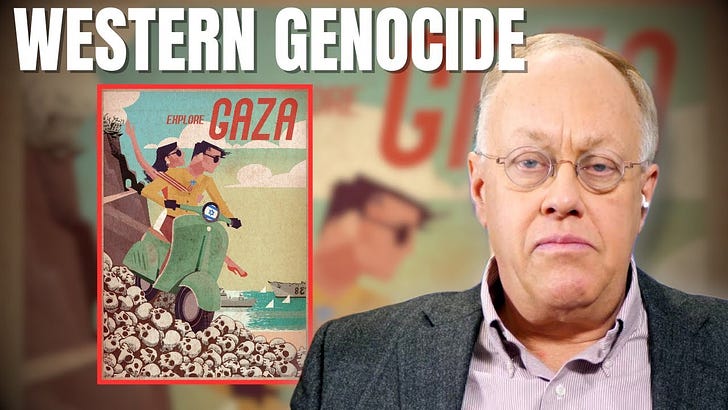
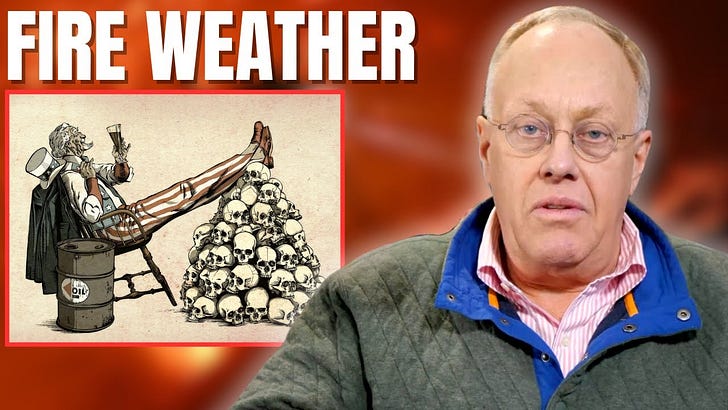
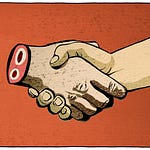
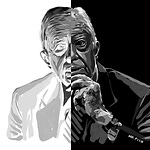
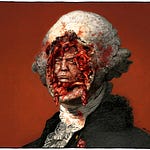
Share this post